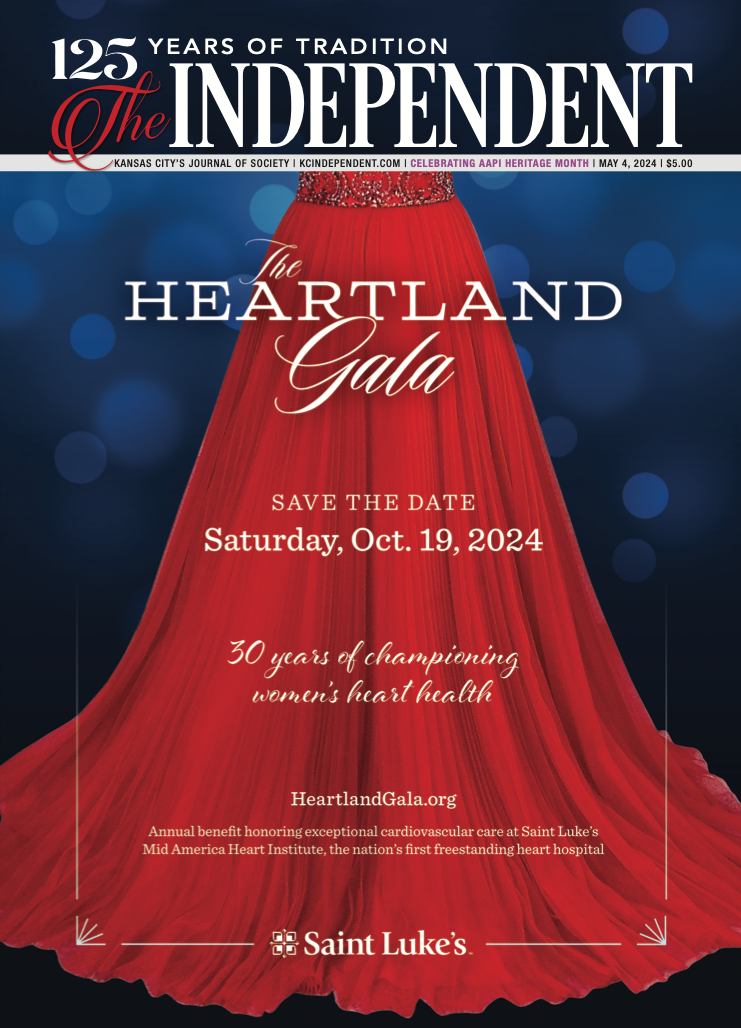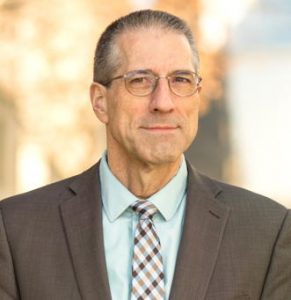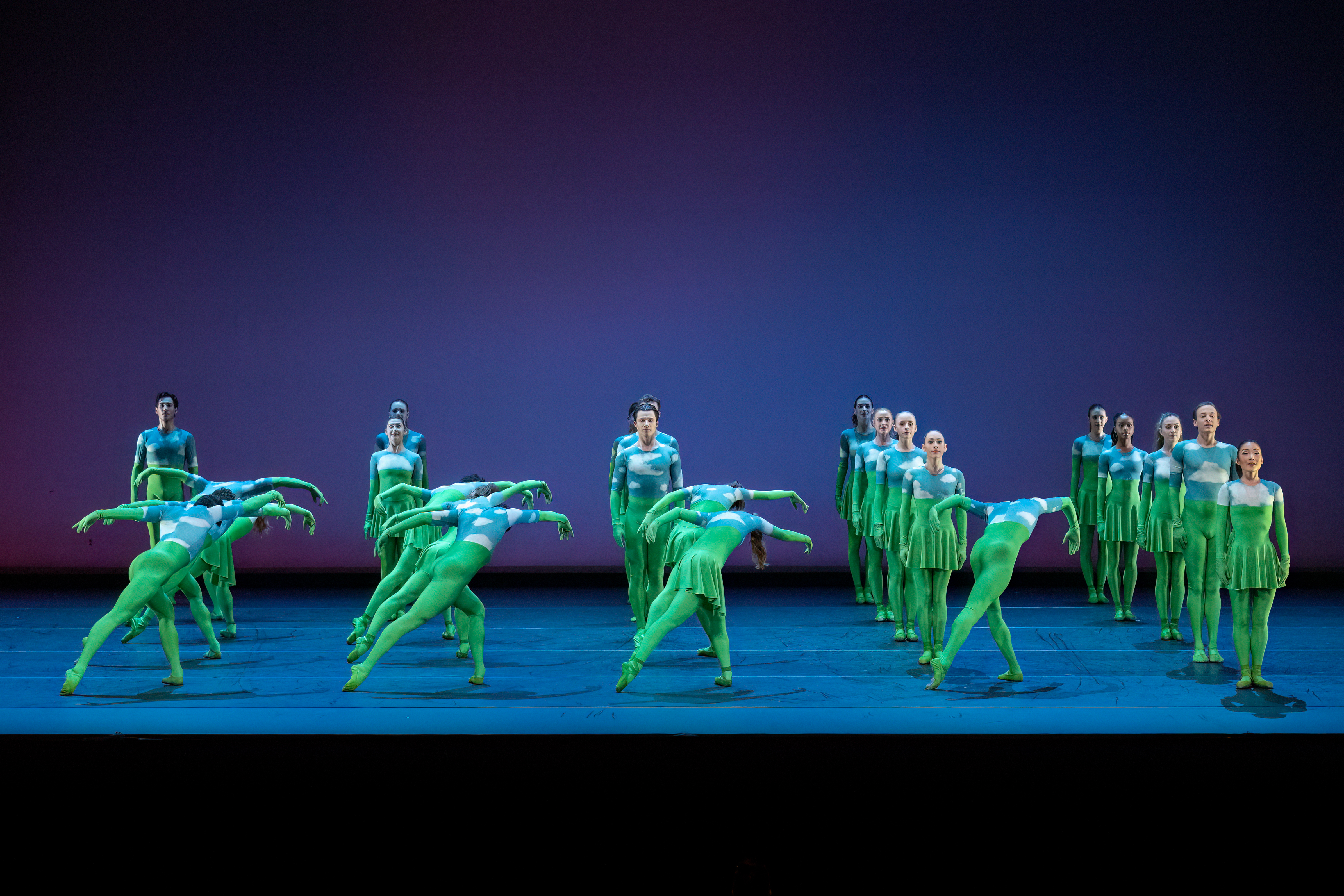CENTER OF ATTENTION: As the world watches, Kauffman opens with wildly successful inaugural weekend
It was the moment Kansas City had waited for, anxiously and at times with faltering hopes, for 16 years. Suddenly, there it was: This September 16th through the 18th the Kauffman Center for the Performing Arts opened with a celebration that was as spectacular as the building’s architecture, as welcoming as its glittering glass Brandmeyer Hall lobby, and as inspiring as the dreams for the city’s future that the Center embodies. Inside the $413 million, 285,000-square-foot Center that board chair Julia Irene Kauffman called “a unique and profound milestone in the history of this city,” dignitaries, politicians, and donors gathered on Friday and Saturday for successive concerts highlighting the characteristic qualities of each of the two state-of-the-art halls. On Friday the glimmering, 1,800-seat Muriel Kauffman Theatre, the new home of the Lyric Opera of Kansas City and the Kansas City Ballet, was inaugurated with a program of ballet, Broadway and opera that culminated in the local debut of megatenor Plácido Domingo. On Saturday the Kansas City Symphony took to the stage of the 1,600-seat, acoustically ideal Helzberg Hall for a program of orchestral, choral and jazz music that featured violinist Itzhak Perlman, vocalist Diana Krall and local sax sensation Bobby Watson. Then on Sunday tens of thousands of people showed up for a free open house, during which more than 60 local arts groups performed on the two stages and in the public spaces scattered around the complex.
In the midst of all the glamour, one undisputed star emerged: the gorgeous sound of Helzberg Hall, which fairly leapt out at you at the opening of Saturday’s concert (Verdi’s searing La forza del destino Overture, with its in-your-face showcase of the sections of the orchestra). The product of the world’s accumulated acoustical science and knowledge, Helzberg is largely the handiwork of master acoustician Yasuhisa Toyota, who was of course on hand for the weekend. His years of research and the construction of a 1/10th scale research model have produced what I can state unequivocally is one of the great concert halls in the world. The sound is striking for its clarity but also its resonant bloom: You hear individual instruments of the orchestra, and individual sections, but the whole sound merges above and all around you, and when the music stops it reverberates for more than a second before it clears. Moreover, it passes the ultimate test of an acoustic space – namely it is so ideal that you stop thinking about “acoustics” or science and just become enveloped in listening to the music, focusing on its very substance.
“Isn’t it a wonderful thing to be home?” said Kansas City Symphony music director Michael Stern before Saturday’s concert, and indeed the orchestra sounded about as good as it ever has. Solo instruments were more accessible than ever, and the huge acoustic canopy overhead allowed the players to hear each other as never before – as testified by the accuracy and blend of the ensemble. Earlier Yasuhisa had told me of the first moments of hearing the hall in rehearsal. “I was very nervous, but very happy.” The result fulfilled his dream of creating an acoustic even more favorable, perhaps, than his Walt Disney Concert Hall in Los Angeles, which is also considered one of America’s best halls.
*****
But that is to jump ahead. The weekend began with Friday’s lavishly outfitted program in the Muriel Kauffman Theatre. “The arts are a hallmark of our humanity,” said (of all people) Charles, Prince of Wales, at the outset of the concert, in an onscreen message he had taped previously. “The performing arts are thriving in Kansas City.” What an opening! With royalty behind your efforts, how can you go wrong? After that Julia Irene took to the stage, accompanied by one of several standing ovations she’s received in recent weeks, to thank and to welcome – wearing an over-the top, silver-sequined gown. “It was you that kept me inspired and motivated,” she said, speaking not just to those present but to everyone who had encouraged her over the years, “whether in the grocery store or at the gas station.”
After a spiffy fanfare composed by Brandon Ritenour for the occasion and played by the Canadian Brass – Julia Irene spent much of her life in Canada, and Kauffman Center architect Moshe Safdie grew up there – the program opened, appropriately, with A Tribute to Muriel, a brief ballet created by late Kansas City Ballet artistic director Todd Bolender for Muriel Kauffman in 1995 and danced by what looked like the full company of the Kansas City Ballet. The piece had never been seen in public, and its classical stylishness made it an ideal choice as the first piece ever to appear on the Theatre’s stage. It was Muriel’s initial vision for a performing arts center, after all, that planted the seed for the Kauffman Center nearly two decades ago. After Todd’s piece the program turned, to put it politely, “eclectic,” beginning with the appearance of Broadway phenomenon and multiple Tony Award-winner Tommy Tune, decked out in a futuristic black-with-red-trim tux with wildly oversized collars.
Tommy is in his 70s, but boy can he still hoof it – and sing, too, for that matter. He led a Gershwin medley with the Manhattan Rhythm Kings, who sang and danced along with him and at times tapped like the pros that they are. Tommy stayed around to emcee, as students from the UMKC Conservatory performed a notably accomplished scene from West Side Story and members of the Kansas City Ballet danced duets from Carmen and from William Whitener’s new Tom Sawyer ballet. Robert Gibby Brandtook to the stage with members of the Lyric Opera chorus for the Major-General’s famous rapid-fire patter song from The Pirates of Penzance, which served as a test-run for the Theatre’s up-to-the-minute Figaro title system providing text-translations via individual electronic boxes mounted on the back of each seat. (This system could have been used for the rest of the foreign-language numbers in the concert, but oddly it was not.) Members of the Lyric, joined by guest soprano Lise Lindstrom,performed the brief “happy ending” from the company’s upcoming Turandot – which had the odd effect of feeling like a “spoiler” but was long on sonic splendor. Broadway star Patti Lupone, with a voice sounding as rough-hewn as ever, came out for a few songs (“Don’t Cry for Me, Argentina,” “I’m in Love with a Wonderful Guy”), after which we finally got to see the star of the evening, Plácido, who is in marvelously rich voice for his 70 years. He sang selections from Massenet, Wagner and Giordano, and was joined in the Merry Widow Waltz by promising young soprano Angel Joy Blue – a 2009 finalist in Plácido’s Operalia competition – who also showed brilliant technique in Verdi’s “Sempre libera.” The Theatre’s acoustics were airy and clear throughout – despite a few electronic pops and buzzes – a tad on the dry side but certainly up to the variety of uses that the hall will serve.
*****
Saturday’s concert in Helzberg Hall was a more satisfying total experience overall, as it seemed more organic than the light-hearted potpourri of Friday’s show. The Symphony and Michael Stern took up the first half, joined by Itzhak in numbers by John Williams, Carlos Gardel and Mendelssohn – including the spirited finale to the latter’s E-minor Violin Concerto. Still present is Itzhak’s big lovely sound and his technical finesse, as well as the casual humor he shares between numbers. The Kansas City Symphony Chorus, taking up the 150 or so seats behind the stage and led by Charles Bruffy, sang a lush piece by Mark Hayeswhose text (“I am alive in the power of this moment, I am alive in the beauty of this moment”) seemed especially apt. They were joined by the Symphony, led by Michael, in the “Entrance of the Guests” from Tannhäuser, whose text was also appropriate to the occasion – it is the welcoming of guests into a noble hall “where peace and art eternally dwell.” The huge, breathtaking “wall of sound” gave us an idea of what choral-orchestral experiences will be like in Helzberg Hall.
The second, mostly amplified, half of Saturday’s program began with A Tribute to Kansas City Jazz and Blues, a dizzying arrangement of classics that featured the American Jazz Museum All-Star Orchestra, the ever-amazing Bobby Watson (playing Charlie Parker’s saxophone, no less, on loan from the Jazz Museum), vocalist Kevin Mahogany (in “Shake, Rattle and Roll”) and the Symphony. Bryan Busby narrated, recalling a time “when Kansas City was a magnet for musicians of all kinds.” Julia Irene took to the stage again, this time in striking red, and thanked everyone including Itzhak, whom she pointed out was “the first soloist on the stage of Helzberg Hall.” Finally Diana Krall entered in full style, and took to the piano for a handful of “love” songs (“I Love Being Here with You,” “Let’s Fall in Love,” “Love Letters,” “Look of Love”). At the end, a sweet surprise: Itzhak came back out to join Diana for a finale of “Fly Me to the Moon,” holding his own in stylish improvisations to accompany the subtle lyrics.
Features
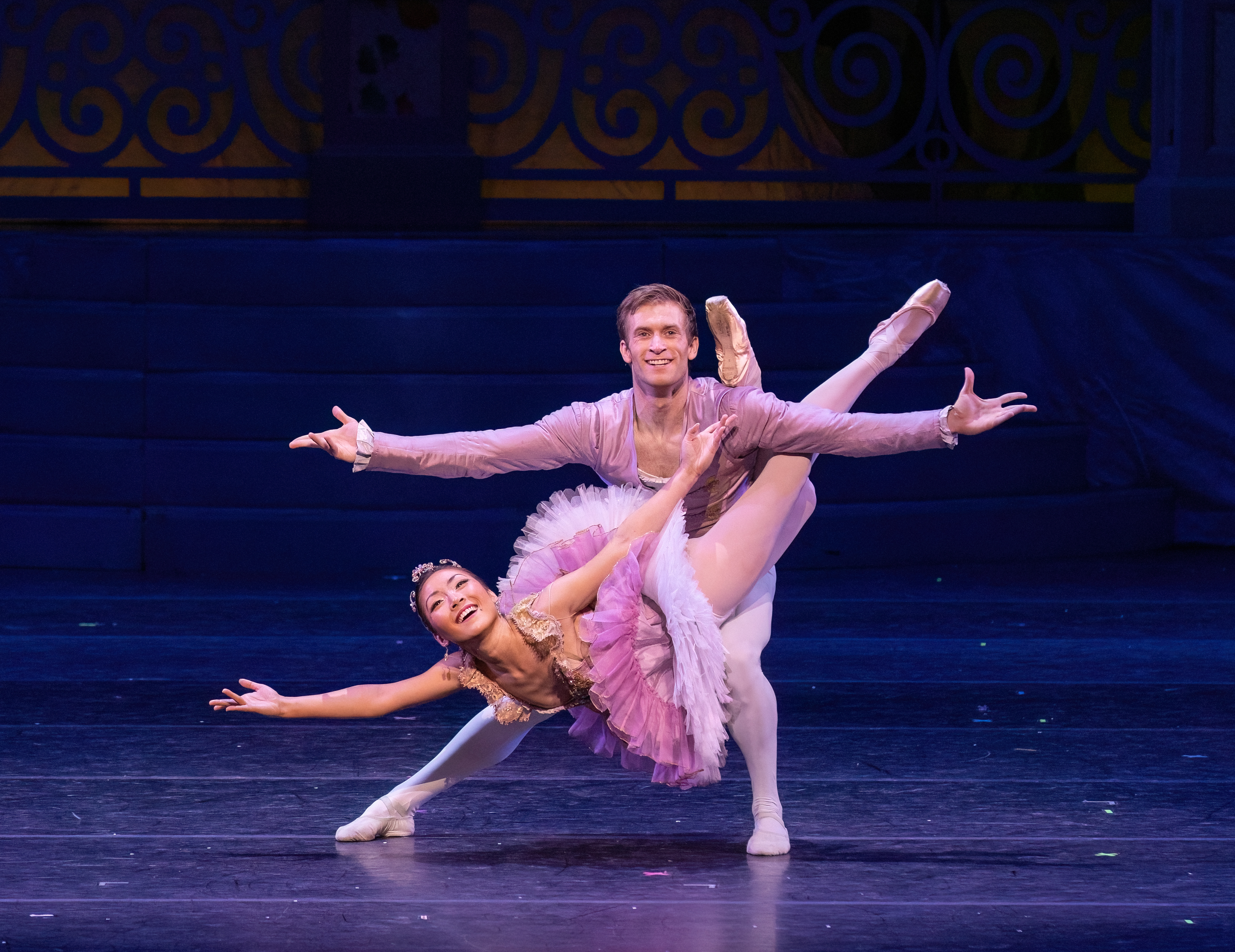
In 2015, the Kansas City Ballet treated its production of The Nutcracker to a complete makeover, with new set designs by Alain Vaës, costumes by Holly Hynes, and lighting by…
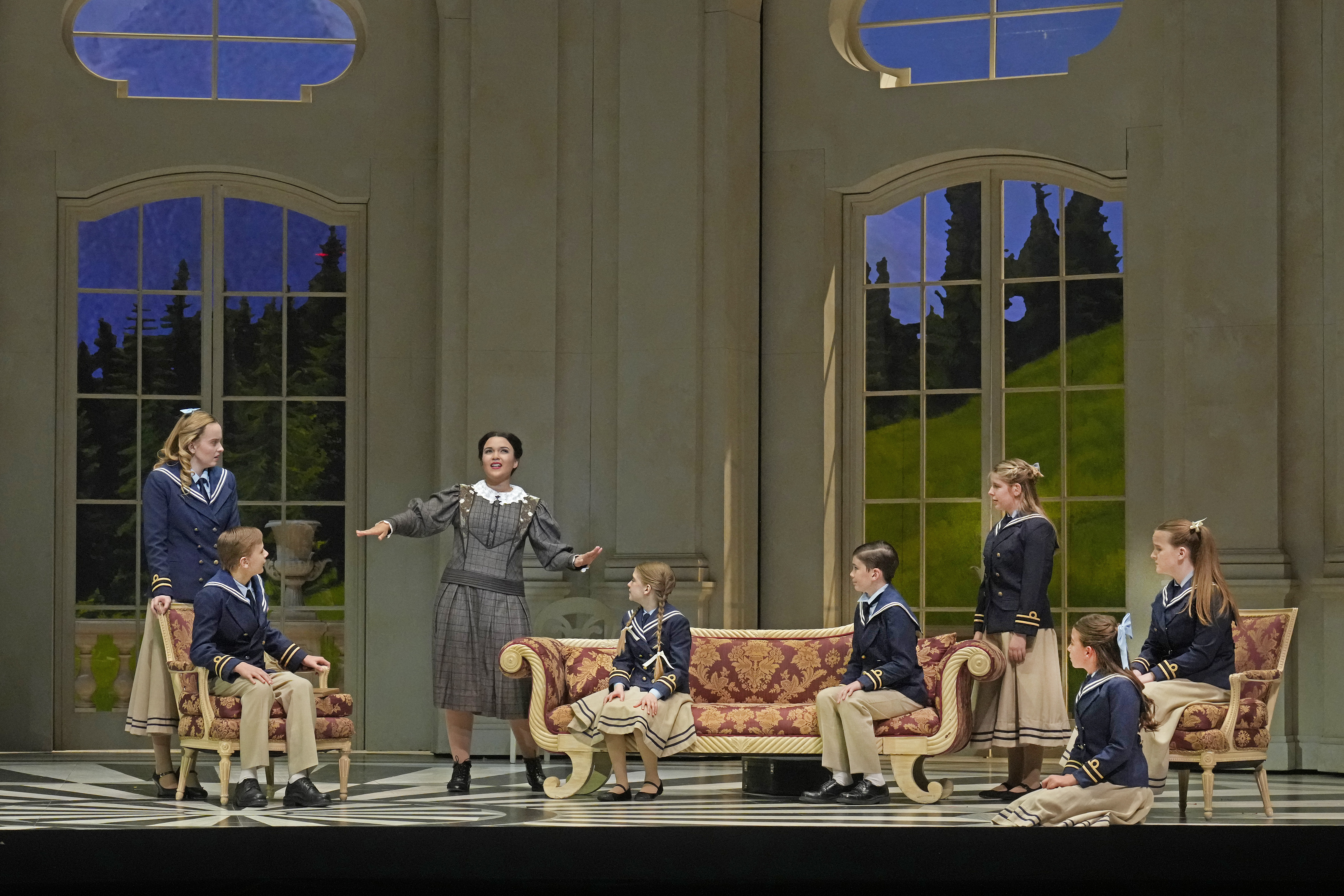
If any musical is worthy to be performed by an opera company, it is The Sound of Music. Its best songs are not just Rodgers & Hammerstein at their most…
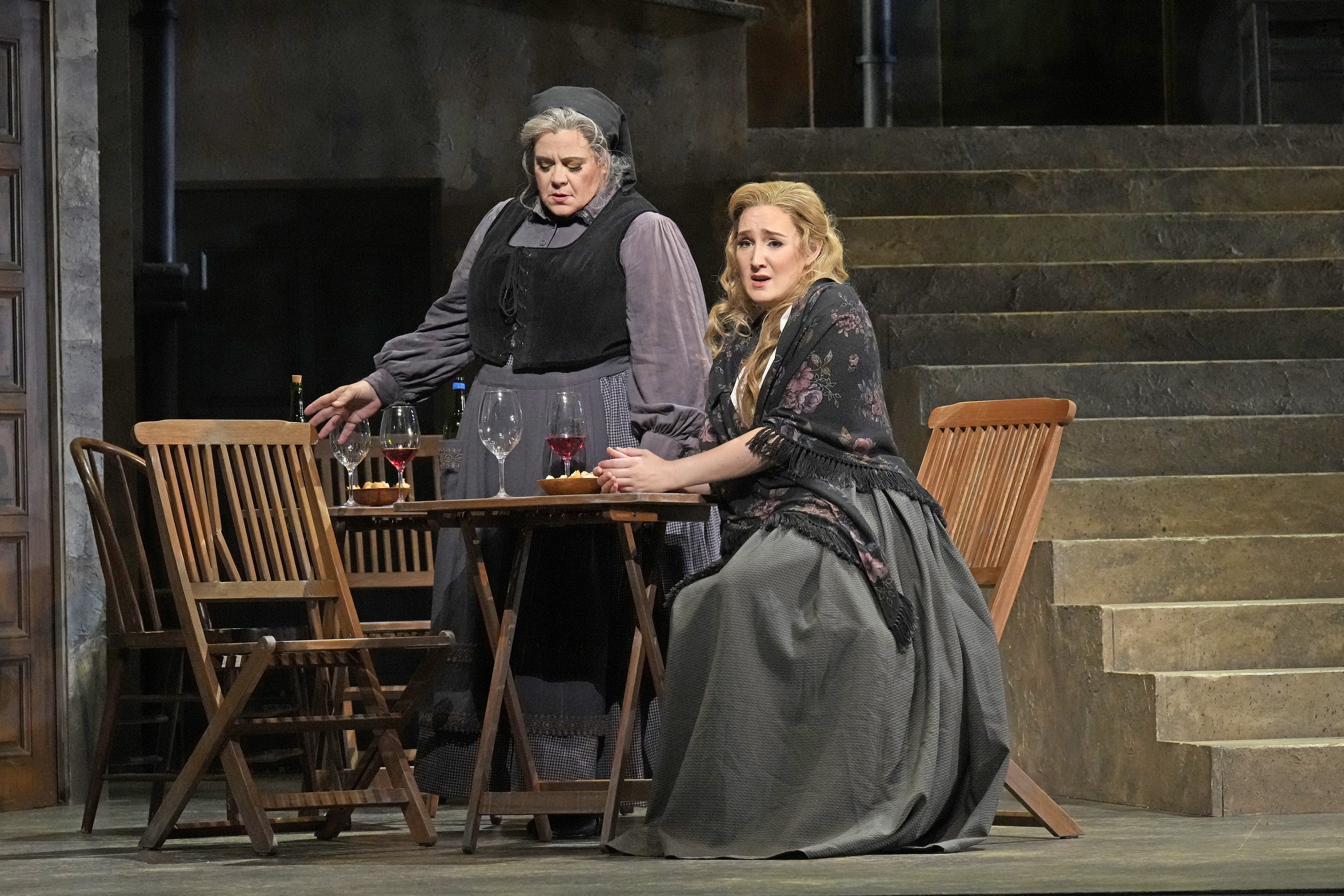
The double-bill of Pietro Mascagni’s Cavalleria rusticana (1890) and Ruggero Leoncavallo’s Pagliacci (1892) remains one of the most accessible evenings at the opera. With busy choruses, passionate arias and ensembles,…

